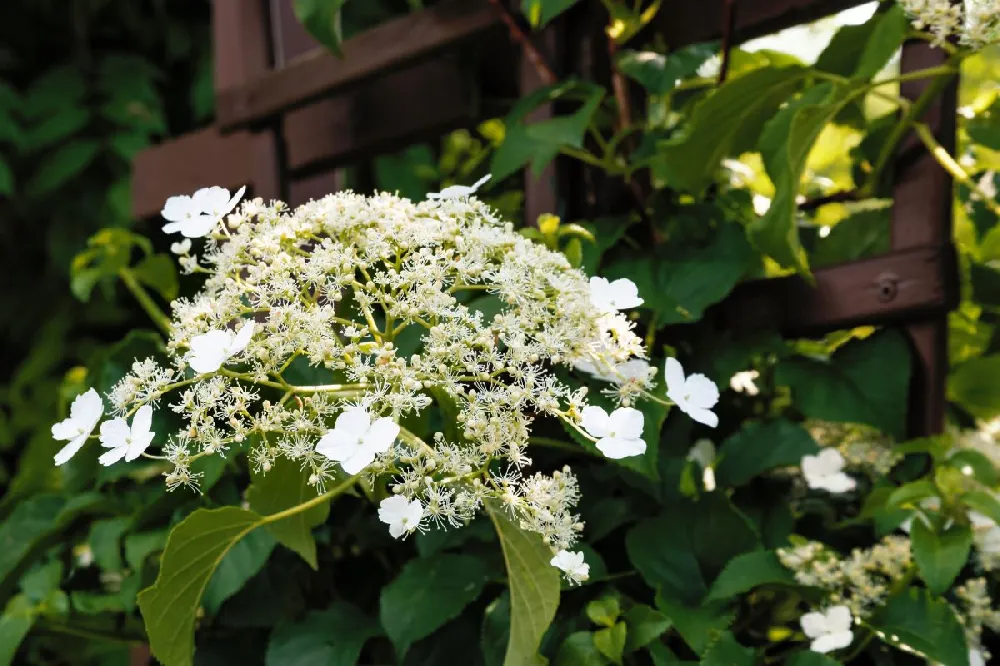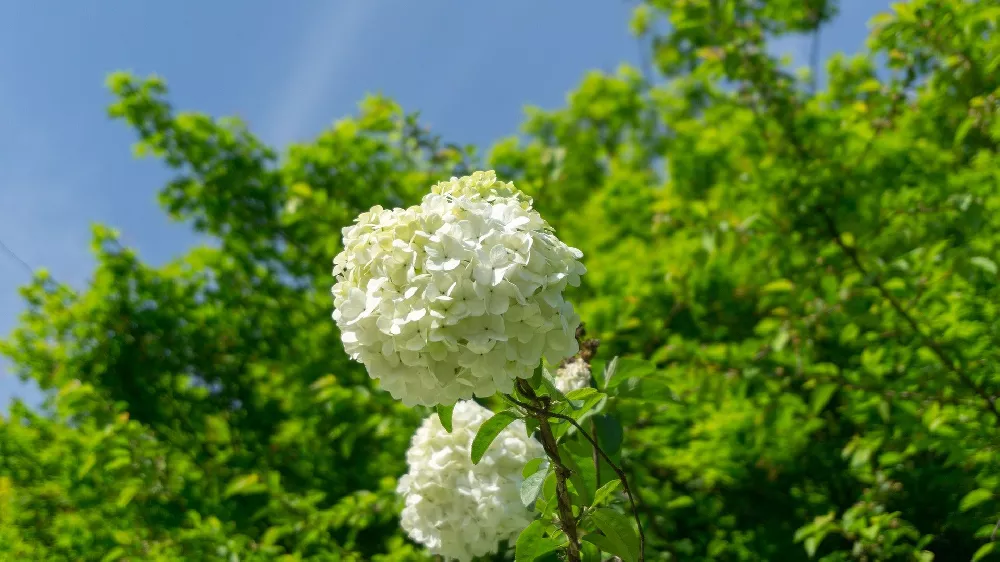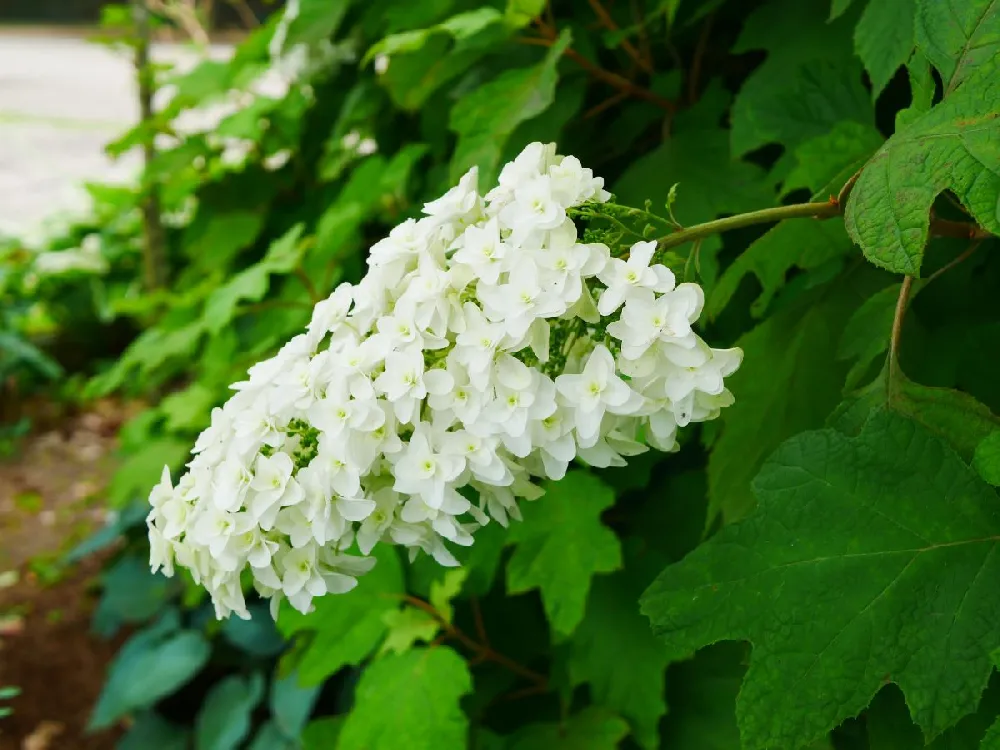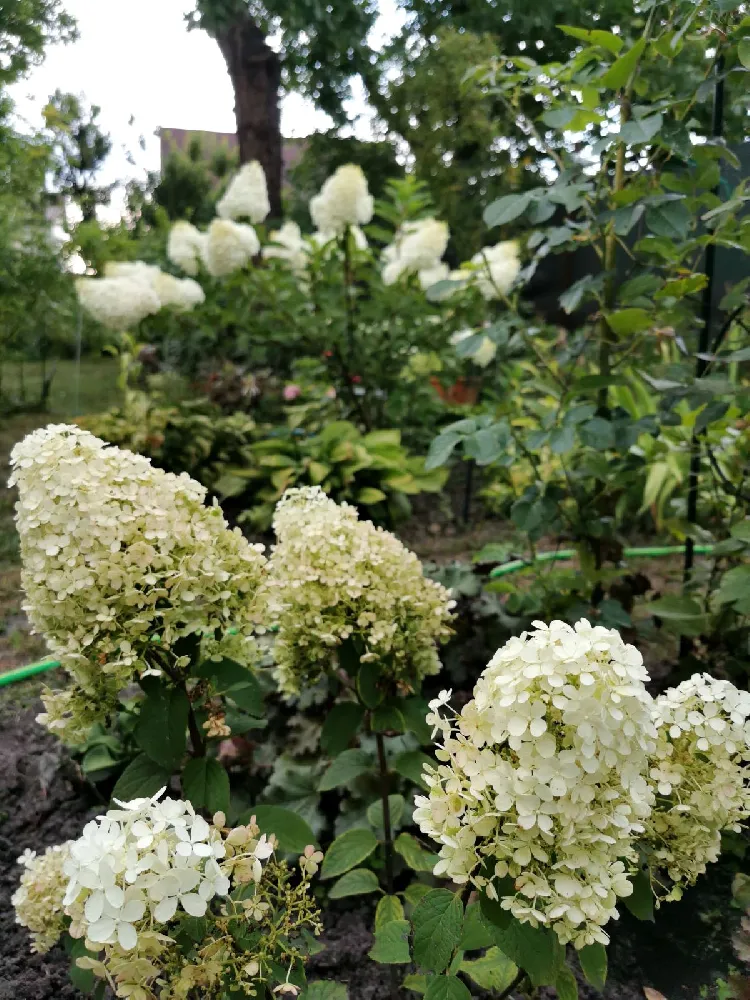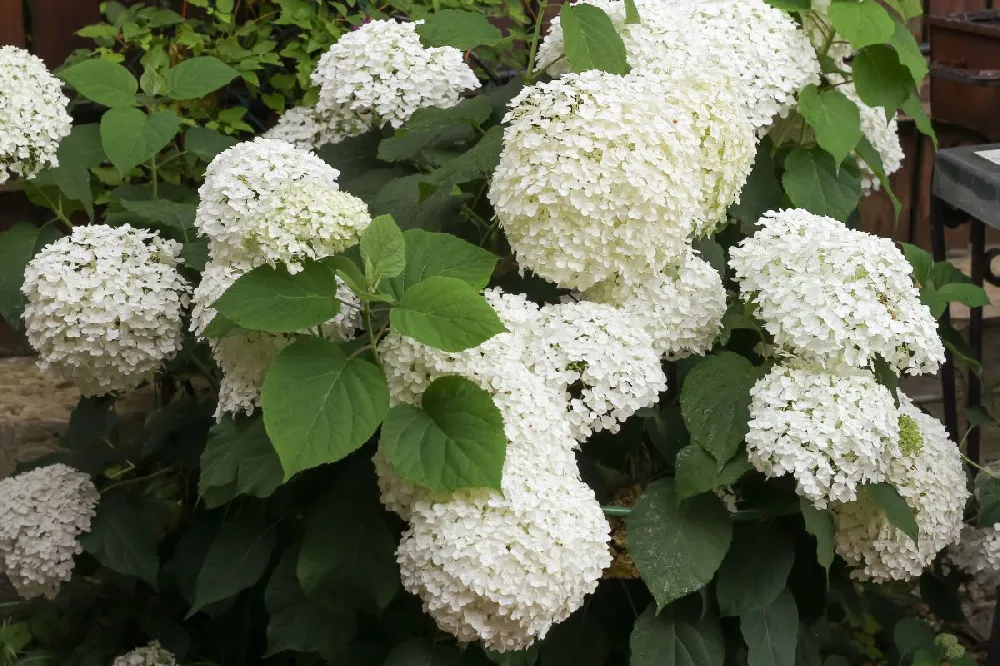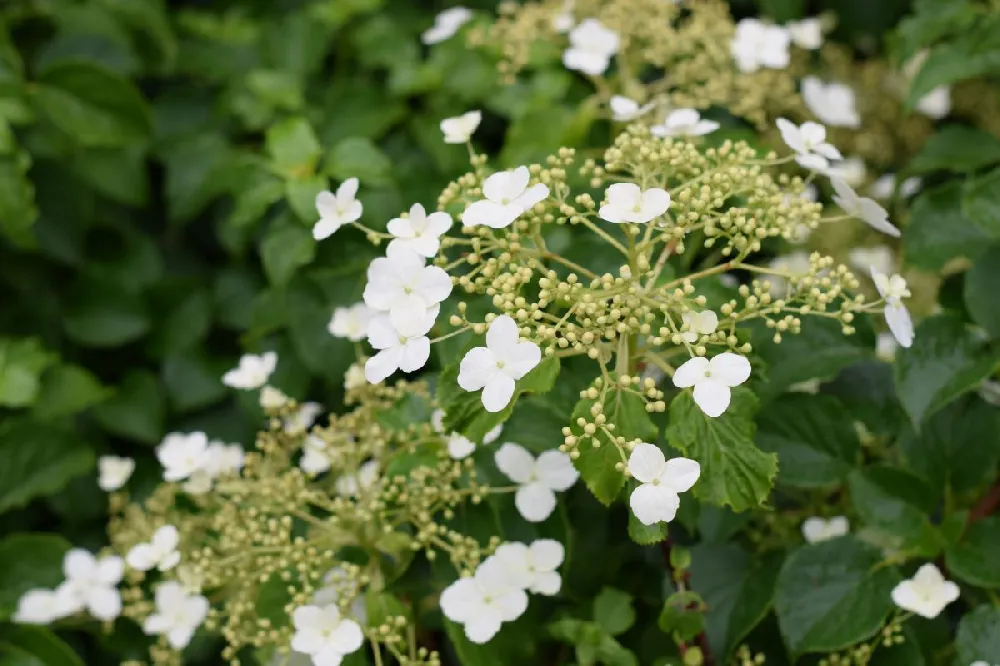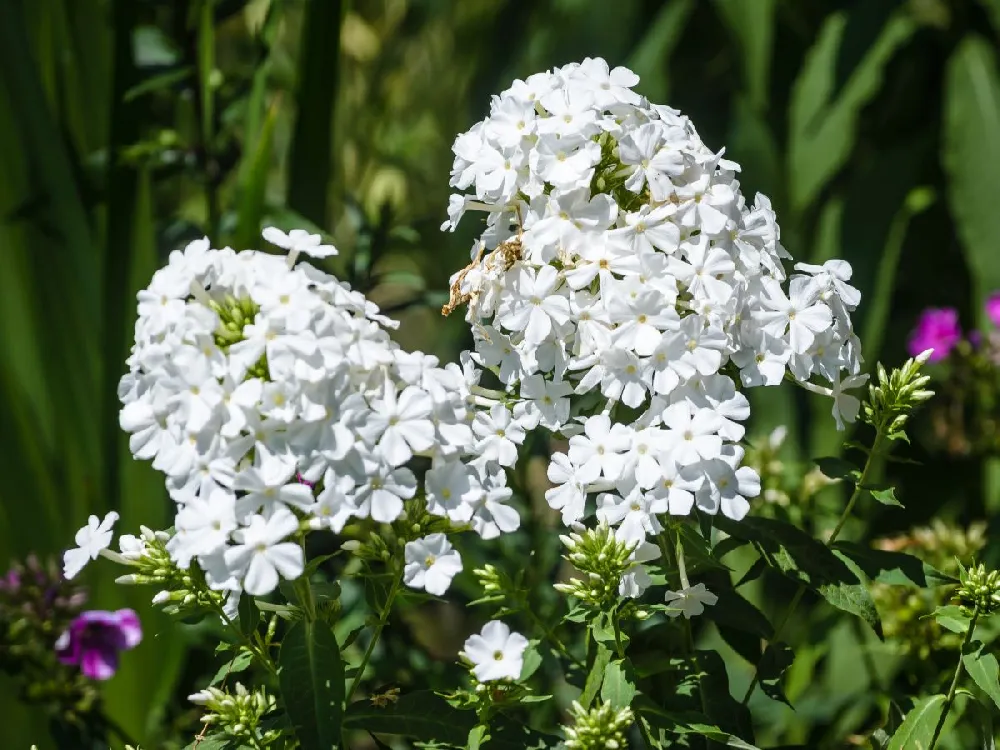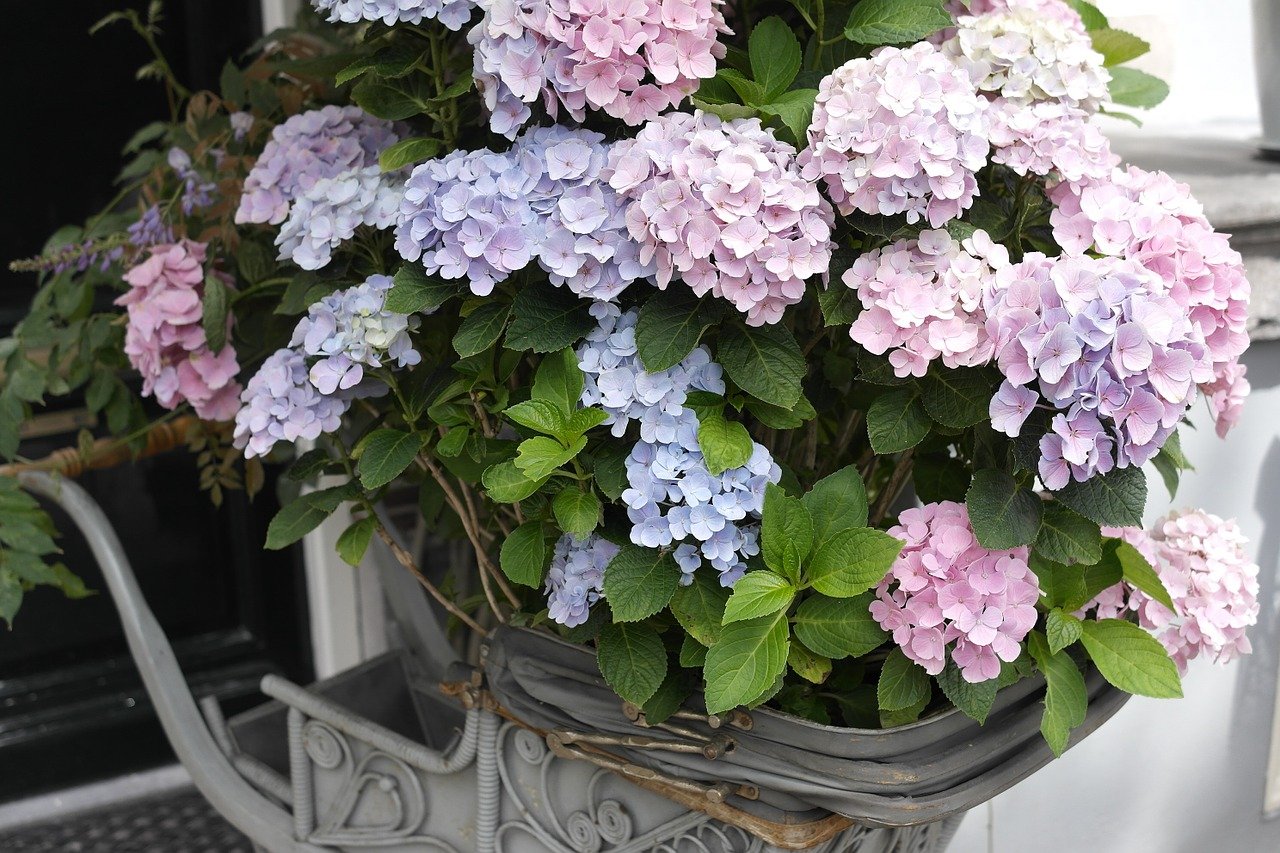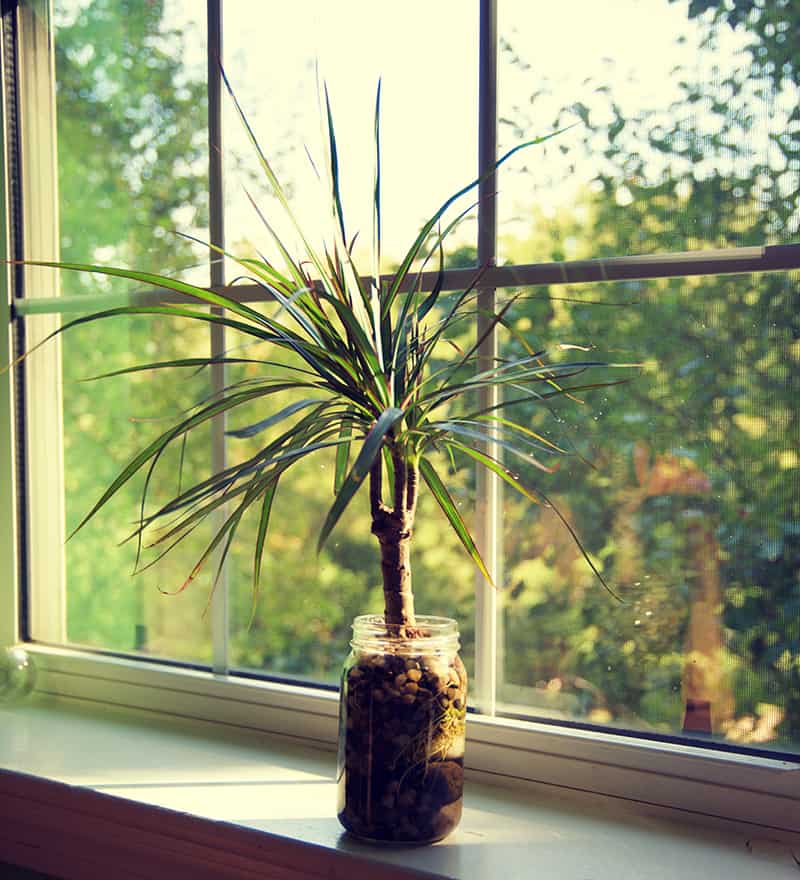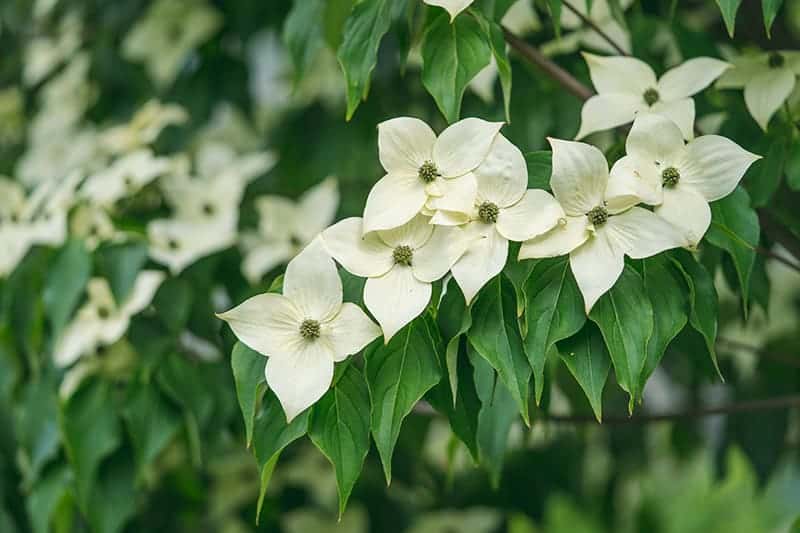- Home >
- White Hydrangea
White Hydrangea for Sale - Buying & Growing Guide
7 Results
How to Plant White Hydrangeas
The key to growing healthy, happy white hydrangeas is siting them carefully. They like fertile, well-drained soil, which you can augment before and during planting by adding organic, well-rotted manure, compost, or aged leaf litter.
Hydrangeas enjoy basking in cool morning sun, but when it heats up, they relish the shade. A spot on the north or south side of your home that receives morning sun and afternoon shade is ideal for your white hydrangea. They also appreciate shelter from prevailing winds, so a spot that’s somewhat shielded makes a perfect location for your hydrangea.
After planting, keep your hydrangea well watered, giving it consistent water without waterlogging the ground around the plant. Keep watering several times a week until you start to see robust, new growth on the bush.
How to Grow White Hydrangeas
- When. White hydrangeas are best planted in fall or spring so that they have time to grow before flowering.
- Where. Plant in partial shade, with about four hours of direct sun a day, away from wind.
- How. Unpot the bush and tease out any encircling roots. Dig a hole as deep as the root ball and twice as wide. Place plant in hole, and fill in around it with soil mixed with manure or compost, tamping down as you go to eliminate air pockets. Water thoroughly. Mulch around the root zone with an organic material such as bark chips.
How to Care for White Hydrangeas
- Watering and nutrients. Your white hydrangea needs about an inch of water a week, either from rain or supplemental watering. If leaves seem wilted, give your shrub a good drink of water. Fertilize lightly with a balanced, slow-release product intended for landscape shrubs and spring trees.
- Pruning. Let your plant grow for one or two years before pruning. After that, prune out dead, damaged, or diseased branches, and cut back dead flowers after they are done blooming.
- Pollination. The large, showy flowers of the hydrangea attract insects such as bees and butterflies, which do the work of pollination. The flowers are succeeded by small seed capsules with winged seeds inside.
